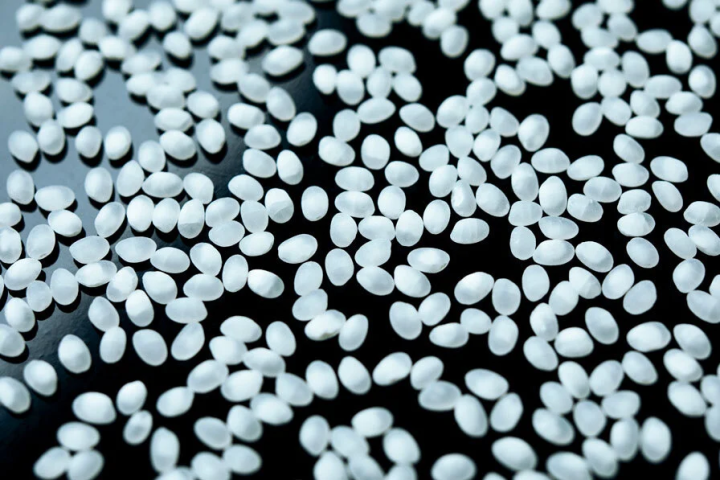What is Gohyakumangoku, the sake rice that produces clean and crisp sake?

Sake is an alcoholic beverage made primarily from rice, rice koji mold, and water. Rice developed to be suitable for sake brewing is called "Sakamai." Among them, the most famous after Yamada Nishiki is "Gohyakumangoku."
What is Gohyakumangoku rice?

Sake is an alcoholic beverage made primarily from rice, rice koji mold, and water. Rice developed to be suitable for sake brewing is called "Sakamai."
According to the Ministry of Agriculture, Forestry and Fisheries' "List of Origins and Brands of Brown Rice for Brewing in 2021," there are 224 varieties of rice that are registered as ”Sakamai". Among them, "Yamada Nishiki," "Gohyakumangoku," "Miyama Nishiki," and "Omachi" are famous varieties suitable for sake brewing.
Here we will explain about Gohyakumangoku, which boasts the second highest production volume among all rice varieties suitable for sake brewing, "Sakamai".
History of the Gohyakumangoku rice

Gohyakumangoku was born in 1938 at the Niigata Prefectural Agricultural Experiment Station Nagaoka Main Branch through a cross between "Kikusui" (the mother) and "Shin 200" (the father). In 1944, it was given the name "cross line 290", but research on it was temporarily halted due to World War II.
The first test brewing took place in 1956, and the following year, in 1957, Niigata prefecture's rice production reached 750,000 tons, or 5 million koku, so in commemoration of this, the sake was named "Gohyakumangoku" (Five Million Koku). At the same time, the sake rice was registered as a recommended variety in Niigata prefecture.
Characteristics of Gohyakumangoku rice
Gohyakumangoku is a fast-growing, early-ripening variety developed to suit the climate and environment of cold regions.
Because the rice is not sticky when steamed, it is steamed to be hard on the outside and soft on the inside. Also, because the rice is slightly hard and does not dissolve easily, it tends to have a delicate flavor. It is said that Niigata's "Tanrei-Karakuchi" - crisp, clean and dry with a clear and light taste was born thanks to the development of Gohyakumangoku.
Production areas and volumes of Gohyakumangoku rice
Gohyakumangoku is grown mainly in Niigata Prefecture, and the Hokuriku region of Fukui Prefecture, Toyama Prefecture, and Ishikawa Prefecture. According to the Ministry of Agriculture, Forestry and Fisheries' "2020 Survey Results on Demand for Sake Brewing Rice, etc.", the expected production volume of Gohyakumangoku in 2021 is 11,178 tons. Of this, Niigata Prefecture's production volume is 6,074 tons, accounting for approximately 54% of the total production volume of Gohyakumangoku. It is also grown in a wide area from southern Tohoku to northern Kyushu, including Fukushima Prefecture, Hyogo Prefecture, and Kyoto Prefecture.
Due to its stable cultivation characteristics and adaptability to mechanized brewing, it boasted the largest planting area among all rice varieties suitable for sake brewing until it was overtaken by Yamada Nishiki in 2001. Even now, it is second in production volume after Yamada ishiki, making them the two top varieties suitable for sake brewing.
Sake rice born from Gohyakumangoku rice
New rice varieties suitable for sake brewing have also been born using Gohyakumangoku as the parent.
In 1989, the Niigata Prefecture Agricultural Experiment Station crossed "Yamada Nishiki" with "Gohyakumangoku" as the father. After further research, "Koshitanrei" was born in 2004.
Because it is difficult to polish Gohyakumangoku to more than 50%, Yamada Nishiki grown in other prefectures was often used to make Daiginjo sake in Niigata Prefecture. In order to make it possible to brew Daiginjo sake using rice grown in Niigata Prefecture, there was a demand to develop a new rice suitable for sake brewing, and Koshitanrei was born.
It is characterized by its large grains, low protein content, and the fact that it can be polished to a high degree of polishing, more than 50%.
Learn about sake rice and enjoy sake

Sake is made from rice, rice koji mold, and water, and the flavor changes greatly depending on the sake rice. By knowing the characteristics of sake rice, you should be able to appreciate the flavor of sake more deeply. Next time you drink sake, try paying attention to the sake rice.
Kubota is "Tanrei-Karakuchi" - crisp, clean and dry sake brewed in Nagaoka, Niigata. We are hoping that foreign customers also understand the beauty of sake, and experience the enjoyment of this versatile and fascinating drink.
The contents on this page may partially contain automatic translation.






























![[For beginners and debutants] Special feature on recommended ski resorts and ski tours!](https://resources.matcha-jp.com/resize/720x2000/2025/12/26-254120.webp)



